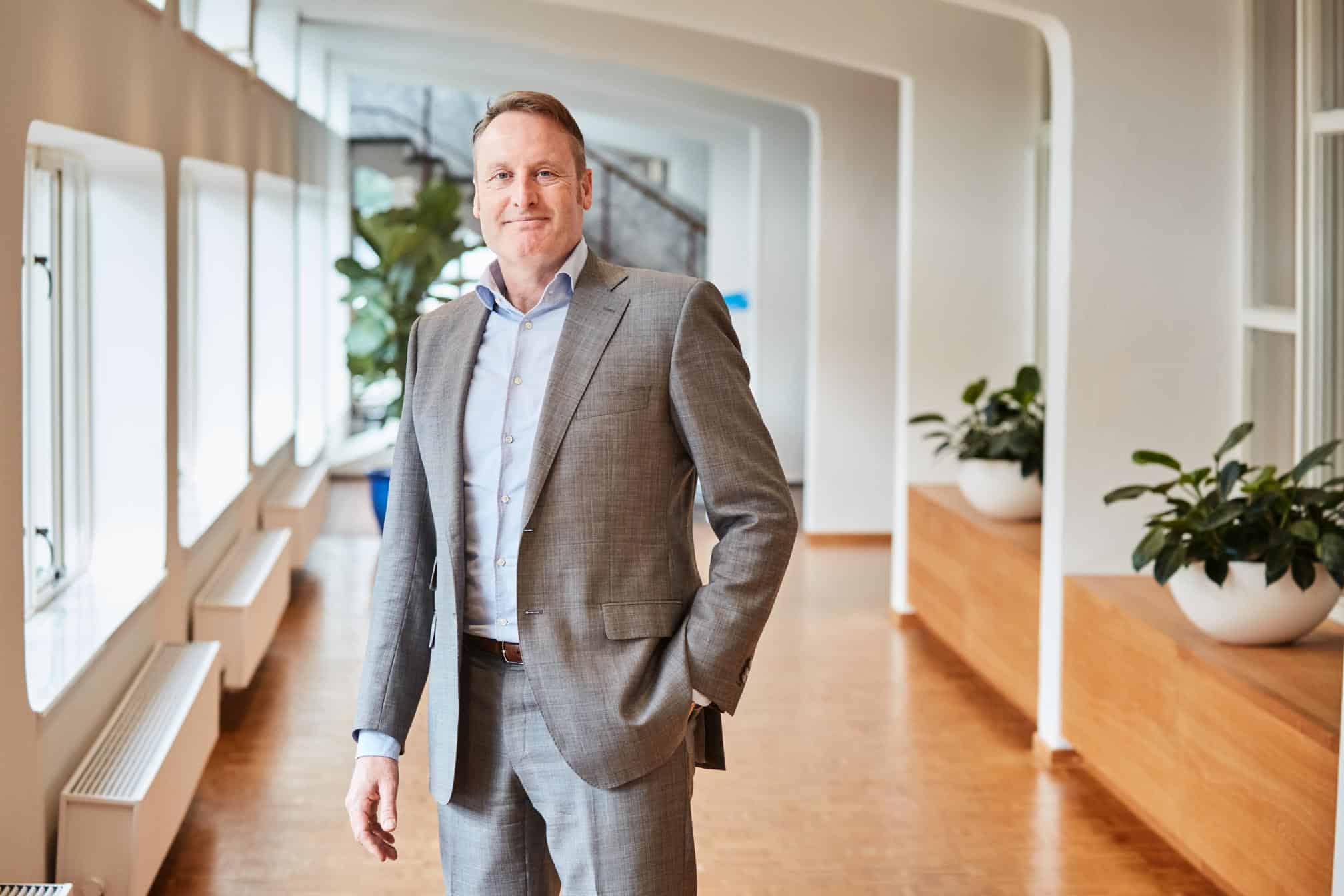
Cities, including yours, can exist thanks to the ‘hinterland’. After all, the food of all city dwellers is produced in that hinterland. For an average Dutchman to consume, 0.6 hectares (almost a whole football field) is necessary. For my city Eindhoven (230,000 inhabitants) this means a total of approximately 138,000 hectares for food, cotton and wood, etc. It is, therefore, high time that hungry Eindhoven is aware of this fact.
Food
There’s an abundance of food in the supermarkets in the Netherlands. Availability of food is hardly a problem in the Netherlands. There is more than enough. When talking about a shortage of food, many people think of countries like Yemen or Venezuela. Or people who live in poverty, also in the Netherlands.
Food is therefore not a subject that concerns the average Dutchman. But is that right? After all, it is of vital importance.
Much food from afar
When we look at the food on our plate, we notice that much comes from far away. In order to say something meaningful about this, the so-called food-kilometres have been devised as dimensions. Some examples: grapes from South Africa (9,600 kilometres), apples from New Zealand (20,000 kilometres) and tomatoes from Spain (1,800 kilometres). So our food travels a lot of kilometres. By the way, this does not always mean that food from far away is less good for the environment. Tomatoes grown in the sun cost less energy than tomatoes grown in greenhouses. But there are also negative aspects to all that food from far away. Nearby food has its advantages.
Changing countryside
It is abundantly clear that something is changing in the countryside in Brabant. The release of agricultural buildings is one of the most visible symptoms of change in the countryside. According to an inventory by the province of Noord-Brabant, in the next 15 years, the current vacancy rate of barns and stables (2 million m2) will be tripled.
The main cause of all this vacant property lies in the scaling-up of the agricultural industry. The agricultural land is taken over when the scale is increased, but the stables and housing are usually not.
Unfortunately, this transition in rural areas is accompanied by a great deal of human suffering. There are many farmers with financial problems. This causes great concern and stress for many farming families. The minister recently even started a study into the number of suicites among farmers.
Food policy in the Eindhoven region
There are increasing calls for food to be produced and consumed as locally as possible. After all, consumers have become alienated from their food, urban children no longer know that milk comes from a cow and not from a milk bottle, and (existing and new) farmers are looking for new business models to be less dependent on the whims of the global market.
In the smartest region, we are good at solving things together (with or without the help of technology). There is, therefore, a fine challenge for this region to link the issues associated with the production and consumption of food. It is high time for a regional food policy. And who knows, also a (regional) alderman for food?
Joining forces in a regional context can, for example, lead to the establishment of a local (digital) marketplace for food. Whether or not linked to the logistic delivery service. And perhaps a choice for more food from nearby will also have an impact on our urban and spatial planning?
And in the meantime?
I hear you thinking: making policy will take a long time. Do we have to wait that long? Certainly not. You and I, as consumers, can exert great influence. How? By paying attention to the origin of the food you buy. By buying more and more local and seasonal food. And not only to do this yourself, but also to discuss it with your friends. And share good examples on social media #voedselvandichtbij040
The more people participate, the better!
Need some inspiration?
About this column:
In a weekly column, alternately written by Maarten Steinbuch, Mary Fiers, Carlo van de Weijer, Lucien Engelen, Tessie Hartjes and Auke Hoekstra, Innovation Origins tries to find out what the future will look like. The six columnists, occasionally supplemented with guest bloggers, are all working in their own way on solutions for the problems of our time. So that tomorrow will be good. Here are all previous episodes.








